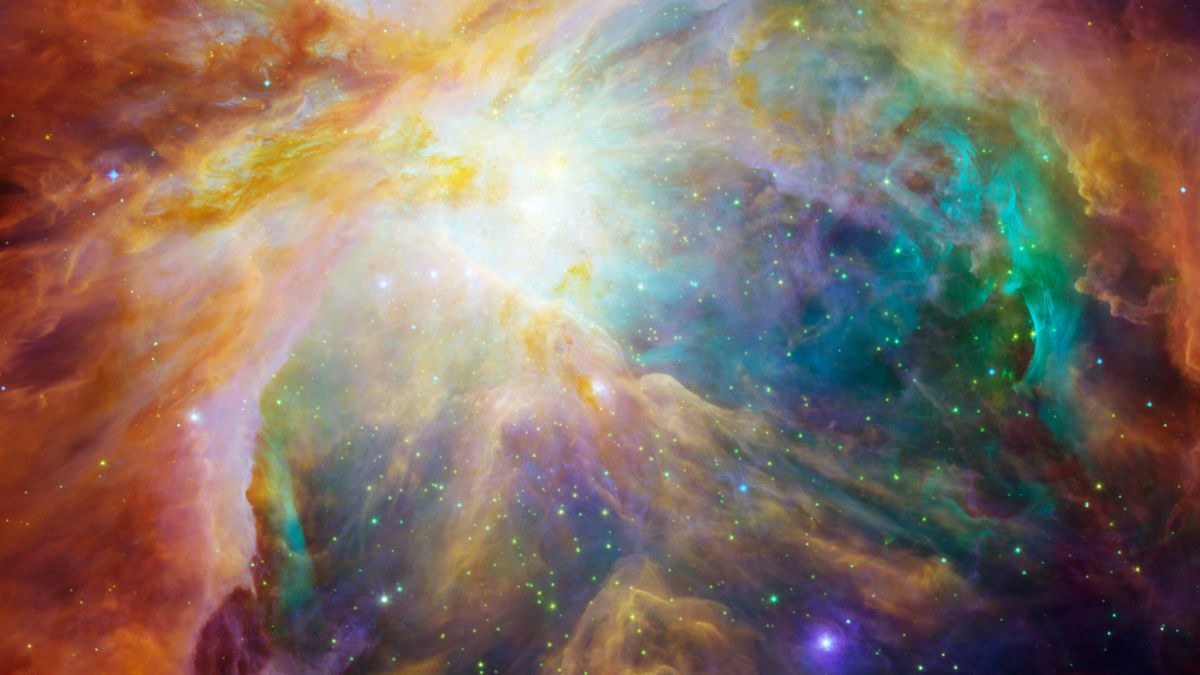
The James Webb Space Telescope has discovered dozens of rogue objects that seem to defy physics floating in space in pairs, and scientists aren’t sure how they exist.
Jupiter-mass binary objects, or “JuMBOs,” drift freely through the Orion Nebula, in 42 pairs. Each body orbits its partner at a distance of up to 390 times the distance between the Earth and the Sun.
JuMBOs are too small to be considered stars, but since they exist in pairs, they are unlikely to be rogue planets ejected from solar systems. And yet, somehow, they still take shape. The researchers published their findings on October 2 on a preprint database arXiv It has not yet been peer-reviewed.
Related: James Webb Telescope’s observations of “impossible” galaxies at the dawn of time may finally have an explanation
“How pairs of young planets can be ejected simultaneously and remain bound, albeit weakly at relatively long distances, is still not entirely clear.” The researchers wrote in the paper. They suggest that “there may be a completely new and separate formation mechanism” that could be responsible for creating the strange pairs.
The rogue pairs drift through the Orion Nebula, a star-forming region about 1,344 light-years from Earth that features plumes of stormy gas streaked with rays of starlight. Observations made by ground-based telescopes had previously alerted researchers to the presence of other mysterious objects also lurking in the gas cloud. Then, follow up on the observations you made with James Webb Space Telescope I finally spotted them.
The researchers’ analysis revealed that the UFOs are gas giants about 1 million years old with temperatures of about 1,300 degrees Fahrenheit (700 degrees Celsius). Their puffy mantles consist mainly of carbon monoxide, methane and steam.
However, what really puzzled astronomers was that many of the objects came in pairs.
It can take tens of millions of years for stars to transform from collapsing clouds of cold dust and gas into gently glowing protostars, before eventually coalescing to form giant orbs of nuclear-fusion-powered plasma like our Sun.
As a star forms, it rotates the cloud of gas it feeds on, weaving a disk of leftover food from which planets can form. Sometimes this disk can split prematurely, spewing out a clump of matter that spawns a second star alongside the first to create a binary system.
The theoretical minimum for an object to form from the collapse of a star-like cloud is approximately three Jupiter masses, and anything smaller would have to be born associated with a star. This makes the existence of these pairs (each of which has a mass close to Jupiter) difficult to explain. They are likely ejected planets, but how their binary relationship survived being ejected from their solar system is unclear. Alternatively, they could be a new class of failed stars, but how they became so young remains a mystery.
“Squad Planetary mass objects “The massive objects we see in the Trapezium cluster may arise from a combination of these two ‘classical’ scenarios, even if each has significant caveats,” the researchers wrote. “Or perhaps a completely new and separate formation mechanism, such as the fragmentation required for a disk without stars.”

“Web maven. Infuriatingly humble beer geek. Bacon fanatic. Typical creator. Music expert.”





More Stories
Scientists confirm that monkeys do not have time to write Shakespeare: ScienceAlert
SpaceX launches 23 Starlink satellites from Florida (video and photos)
A new 3D map reveals strange, glowing filaments surrounding the supernova